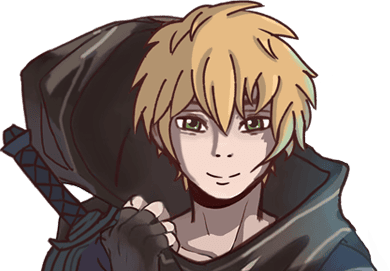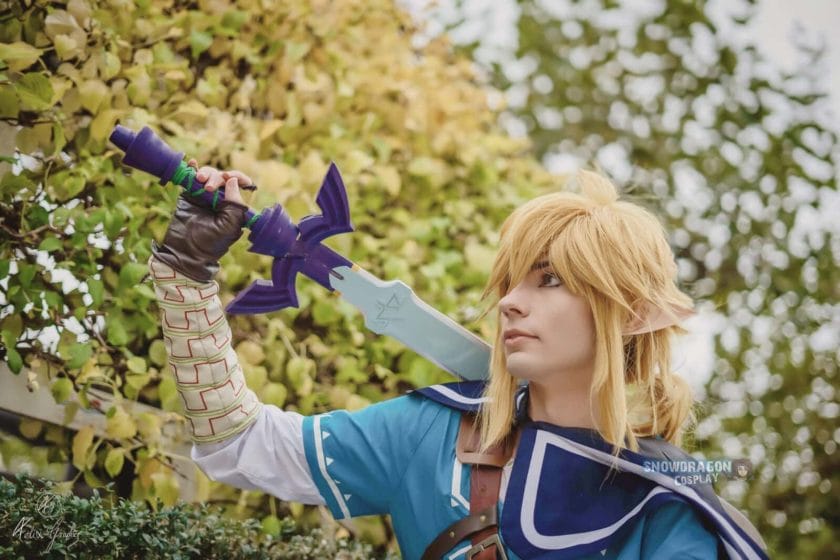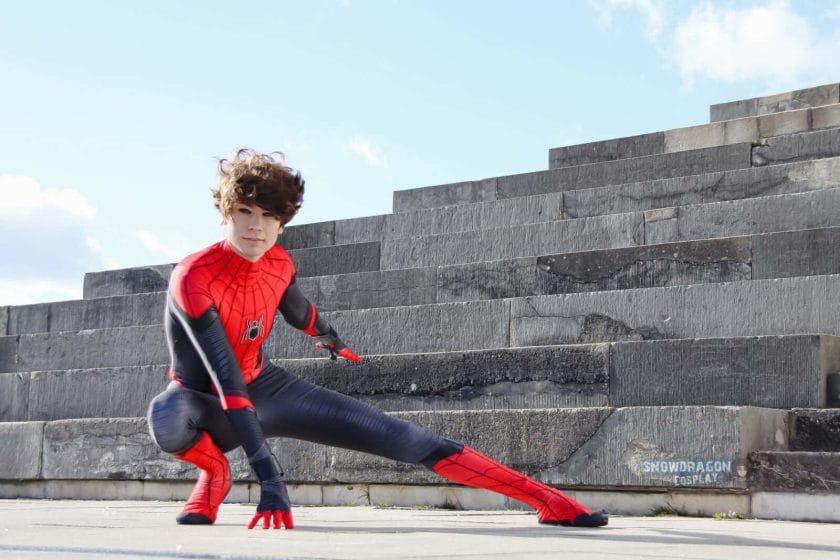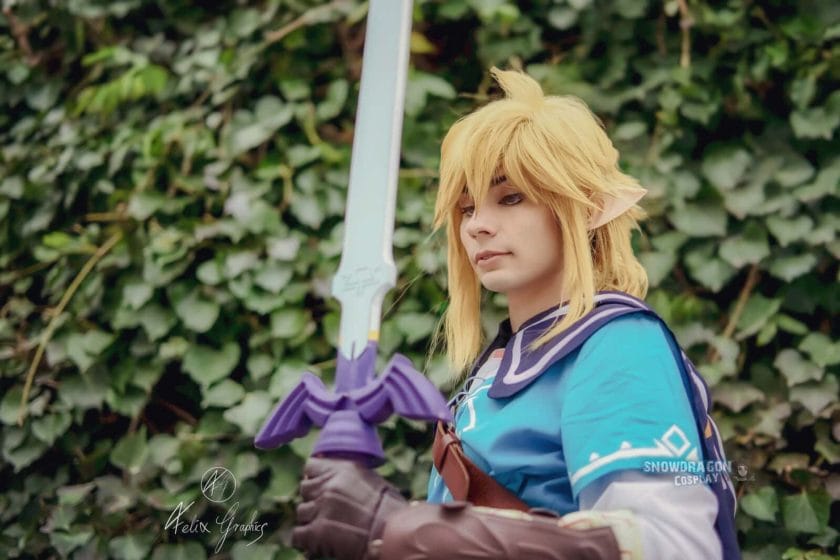Author
-

German Cosplayer from Nürnberg, professional Model & Walkingact for events & content creator.
N/A
The History and Origin of Kawaii Drawings of Food
Early Beginnings
Kawaii drawings of food have their roots in Japanese culture, specifically the kawaii (meaning “cute” or “adorable”) aesthetic that emerged in the 1970s. The concept of kawaii was a response to the social and economic changes happening in Japan at the time. As people sought comfort and escapism from the pressures of modern life, they turned to cute and innocent imagery.
Influence of Manga and Anime
Manga and anime played a significant role in popularizing kawaii drawings of food. These art forms often feature exaggerated expressions, vibrant colors, and adorable characters, including anthropomorphic food items. Artists began incorporating these cute food illustrations into their work, capturing the hearts of audiences both in Japan and internationally.
Sanrio’s Contribution
One cannot discuss kawaii without mentioning Sanrio, the company behind globally recognized characters like Hello Kitty and My Melody. Sanrio played a pivotal role in popularizing kawaii drawings of food through their merchandise featuring cute food characters such as Gudetama (a lazy egg) and Pompompurin (a golden retriever).
How Kawaii Drawings of Food Gained Popularity in Japan
A Cultural Shift towards Cuteness
In Japan, cuteness has long been celebrated as a desirable trait. The concept of kawaii extends beyond aesthetics; it represents an entire cultural phenomenon that values innocence, vulnerability, and childlike wonder. Kawaii drawings of food tapped into this cultural shift towards cuteness by combining two beloved aspects: delicious cuisine and adorable artwork.
Appeal to All Ages
Kawaii drawings of food appealed not only to children but also to adults who embraced the kawaii culture. The cute and whimsical nature of these illustrations provided a sense of nostalgia and comfort, reminding people of simpler times. Additionally, the vibrant colors and cheerful expressions found in kawaii food drawings brought joy to everyday life.
Marketing and Merchandising
The popularity of kawaii drawings of food was further fueled by clever marketing strategies. Companies recognized the appeal of these cute illustrations and began incorporating them into various products, ranging from stationery to clothing to home decor. This merchandising helped spread the trend even further, making kawaii food drawings a ubiquitous presence in Japanese society.
Famous Artists Known for Creating Kawaii Drawings of Food
Takashi Murakami
Takashi Murakami is one of the most renowned contemporary artists associated with kawaii drawings of food. His signature style, known as Superflat, combines elements from traditional Japanese art with popular culture references. Murakami’s colorful and playful depictions of smiling flowers and anthropomorphic food items have captivated audiences worldwide.
Aya Takano
Aya Takano is another influential artist known for her kawaii food illustrations. Her works often feature fantastical landscapes populated by adorable characters, including charmingly drawn food items. Takano’s intricate detailing and dreamlike compositions evoke a sense of wonder and delight.
Kazuki Takamatsu
Kazuki Takamatsu explores the darker side of kawaii drawings through his unique technique called “depth mapping.” His monochromatic artworks depict eerie yet captivating scenes where adorable food items are juxtaposed with haunting imagery. Takamatsu’s work challenges conventional notions of cuteness while maintaining an undeniable charm.
The Key Characteristics of Kawaii Drawings of Food
– Exaggerated features: Kawaii drawings often feature exaggerated facial expressions and features, such as large eyes and rosy cheeks, to enhance their cuteness.
– Vibrant colors: Kawaii food illustrations are typically characterized by bright and cheerful colors that evoke a sense of joy and playfulness.
– Anthropomorphism: Food items are often personified, given human-like qualities and expressions to make them more relatable and endearing.
– Simplified shapes: Kawaii drawings of food tend to have simplified and rounded shapes, emphasizing their cute and cuddly nature.
– Playful compositions: These illustrations often incorporate whimsical elements like floating hearts or stars, adding an element of fantasy to the artwork.
The Concept Behind “Kawaii Culture” and Its Connection to These Drawings
Embracing Innocence
Kawaii culture is rooted in the idea of embracing innocence and childlike wonder. It encourages individuals to find joy in the small things in life, appreciating the beauty of simplicity. Kawaii drawings of food perfectly embody this concept by transforming everyday objects into adorable characters that bring a smile to people’s faces.
Escapism from Reality
In a fast-paced world filled with stress and responsibilities, kawaii culture offers a form of escapism. By immersing oneself in cute imagery, individuals can momentarily forget their worries and indulge in a world where everything is charming and delightful. Kawaii drawings of food provide a visual escape into a whimsical realm where even the simplest meal becomes an enchanting experience.
Personal Expression
Kawaii culture allows individuals to express their unique personalities through cute aesthetics. By incorporating kawaii drawings of food into their daily lives, people can showcase their love for adorable things while also adding a touch of playfulness to their surroundings. Whether it’s through clothing choices or home decor, kawaii culture allows for personal expression in a fun and lighthearted way.
The Influence of Kawaii Drawings of Food on Modern Art and Design
Pop Art Revival
Kawaii drawings of food have played a significant role in the revival of pop art, particularly in the realm of contemporary art and design. The combination of vibrant colors, playful compositions, and cute subject matter aligns with the principles of pop art, which celebrates popular culture and consumerism.
Consumer Products and Packaging
The influence of kawaii drawings can be seen in various consumer products and packaging designs. Companies often incorporate cute food illustrations to make their products more appealing and memorable. From snack packaging to restaurant menus, kawaii drawings have become an integral part of marketing strategies, attracting customers with their irresistible charm.
Graphic Design and Digital Media
In the digital age, kawaii drawings of food have found a new platform for expression through graphic design and digital media. Websites, social media platforms, and mobile applications often feature adorable food illustrations to create a friendly and inviting user experience. These cute visuals enhance engagement and leave a lasting impression on users.
Cultural and Symbolic Meanings Associated with Specific Types of Food in These Drawings
Bento Boxes
Bento boxes are a staple in Japanese cuisine, consisting of compartments filled with various foods. In kawaii drawings, bento boxes symbolize care and nurturing. They represent the love put into preparing a meal for someone else or oneself. Bento box illustrations often feature neatly arranged ingredients with smiling faces, evoking feelings of warmth and comfort.
Sushi
Sushi is not only delicious but also visually appealing. In kawaii drawings, sushi represents elegance and sophistication. The intricate details involved in making sushi are often simplified in these illustrations to emphasize its cuteness while still maintaining its recognizable form. Sushi characters are often depicted with joyful expressions, adding to their charm.
Pastries and Desserts
Pastries and desserts in kawaii drawings symbolize indulgence and sweetness. These illustrations often feature cakes, cupcakes, and ice cream cones with adorable faces or decorations. The vibrant colors and playful designs evoke a sense of joy and celebration, making them irresistible to both the eyes and the taste buds.
Popular Themes and Motifs Found in Kawaii Drawings of Food
Kawaii Animals with Food
Combining cute animals with food is a popular motif in kawaii drawings. These illustrations often depict animals interacting with or enjoying food items, creating a delightful scene that appeals to animal lovers and food enthusiasts alike. Whether it’s a smiling cat holding a fish-shaped pastry or a bunny nibbling on a carrot, these illustrations capture the essence of cuteness.
Food with Expressive Faces
One of the defining characteristics of kawaii drawings of food is giving inanimate objects expressive faces. From cheerful fruits to cheerful donuts, these cute food illustrations come alive through their endearing expressions. This motif adds an element of personality to the artwork, making it relatable and captivating.
Food as Characters
In kawaii drawings, food items themselves become characters with distinct personalities. From charming hamburgers to lovable sushi rolls, these anthropomorphic food illustrations invite viewers into a world where even the most ordinary meal can have its own story. This theme allows for endless creativity and imagination in depicting everyday foods.
Incorporating Vibrant Colors and Cute Elements into Kawaii Food Illustrations
A Colorful Palette
Vibrant colors are essential when creating kawaii food illustrations. Opt for bright shades like pastel pinks, yellows, and blues to evoke a sense of playfulness and joy. Mixing and contrasting colors can add depth and visual interest to the artwork.
Cute Elements and Accessories
To enhance the cuteness of kawaii food illustrations, incorporate cute elements and accessories. Add bows, hearts, or stars as decorative accents. Don’t be afraid to experiment with different textures or patterns to make the illustration more visually appealing.
Facial Expressions
The facial expressions of the food characters are crucial in conveying their emotions. Use large, expressive eyes and rosy cheeks to give them a friendly and approachable look. Smiling or happy expressions are commonly used to enhance the overall cuteness of the artwork.
Techniques and Tools Used to Create Kawaii Drawings of Food
Digital Illustration
Digital illustration has become increasingly popular for creating kawaii drawings of food due to its versatility and ease of editing. Artists often use graphic tablets or drawing software that allows for precise control over line work, color blending, and adding special effects.
Traditional Media
Traditional media such as colored pencils, markers, watercolors, or acrylic paints can also be used to create kawaii food illustrations. These traditional tools offer a tactile experience that can bring a unique charm to the artwork.
Mixed Media Collage
Artists may combine various techniques by incorporating collage elements into their kawaii drawings of food. This could involve cutting out printed images or textured materials like washi tape and incorporating them into the composition for added depth and visual interest.
Social Media’s Contribution to the Popularity and Spread of Kawaii Drawings
Instagram: A Visual Playground
Social media platforms like Instagram have played a significant role in popularizing kawaii drawings of food. Artists and enthusiasts can easily share their artwork, connecting with a global audience. The visual nature of Instagram allows for instant gratification and discovery of new artists and styles.
Hashtags and Communities
The use of hashtags specific to kawaii drawings of food, such as #kawaiifoodart or #cutedesserts, has helped create communities and connect artists with like-minded individuals. These communities foster creativity, inspiration, and collaboration among artists worldwide.
Viral Content and Sharing
Kawaii food illustrations have the potential to go viral on social media platforms due to their inherent cuteness. When shared by influencers or popular accounts, these illustrations can quickly reach a wider audience, contributing to their popularity and exposure.
Challenges and Considerations When Drawing Realistic Yet Adorable Food Illustrations in This Style
Balancing Realism with Simplification
One challenge when creating kawaii drawings of food is finding the right balance between realism and simplification. While it’s important to capture the recognizable features of the food item, exaggerating certain elements or simplifying intricate details helps enhance its cuteness without losing its identity.
Avoiding Overload
Another consideration is avoiding visual overload in the composition. It’s tempting to add numerous cute elements or decorations, but overcrowding the illustration can diminish its impact. Maintaining a clean and balanced composition ensures that the focus remains on the adorable food item itself.
Creating Depth without Losing Cuteness
Adding depth to an illustration while maintaining its cuteness can be challenging. Techniques such as shading or using gradients can help create dimensionality without sacrificing the overall adorable aesthetic. Experimentation with different techniques will help strike the right balance.
Appealing to Different Age Groups with Kawaii Drawings of Food
Childhood Nostalgia
Kawaii drawings of food often evoke a sense of childhood nostalgia, making them appealing to individuals of all ages. Adults may be drawn to these illustrations as they remind them of simpler times and bring back fond memories.
Universally Relatable Themes
The themes found in kawaii drawings of food, such as happiness, comfort, and joy, are universally relatable. Regardless of age, people appreciate cute and cheerful visuals that brighten their day. Kawaii food illustrations tap into this universal appeal, making them enjoyable for everyone.
Adapting Complexity for Different Age Groups
While kawaii drawings of food can be enjoyed by all age groups, the level of complexity may vary. For younger audiences, simpler shapes and vibrant colors may be more engaging. Older audiences might appreciate more intricate details or subtle references that add depth to the artwork.
Kawaii Drawings Adapted into Merchandise or Animations
Merchandising Magic
Kawaii drawings of food lend themselves perfectly to merchandise due to their inherent cuteness and marketability. From plush toys to keychains to clothing items, these illustrations have been adapted into a wide range of products that allow fans to bring their favorite characters into their everyday lives.
Animated Delights
Kawaii food illustrations have also been adapted into animations and cartoons. The lively nature of these characters translates well onto the screen,
In conclusion, kawaii drawings of food are a delightful way to add a touch of cuteness and charm to your day. Whether you’re a fan of adorable sushi rolls or lovable cupcakes, these drawings bring smiles and joy. If you’re interested in exploring more creative and fun experiences, we also invite you to check out our cosplay services. Let your imagination run wild and embrace the world of cosplay with us!
N/A
Author
-

German Cosplayer from Nürnberg, professional Model & Walkingact for events & content creator.







